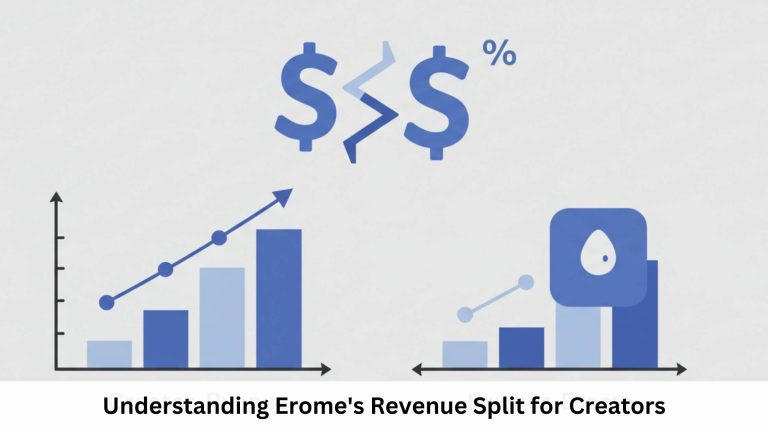Managing debt can feel overwhelming, especially when balances grow and monthly payments become harder to meet. While debt is a common issue for many individuals and households, finding effective solutions is key to regaining financial stability. This blog will guide you through the concept of debt relief, its various approaches, and actionable solutions you can explore to take back control of your finances.

If you’re new to debt management or looking for fresh perspectives, this post is for you.
What is Debt Relief?
Debt relief refers to various strategies or programs designed to lighten the burden of overwhelming debt. Whether it’s reducing what you owe, easing the repayment process, or eliminating the debt, the ultimate goal is to achieve financial relief. Debt relief often includes initiatives such as consolidation, forgiveness, negotiation, or structured repayment plans.
While debt relief offers a path to financial recovery, it’s essential to approach it with careful planning and informed decisions. Choosing the wrong option can sometimes lead to increased financial strain, so being well-versed in your options is critical.
Key Benefits of Targeted Debt Management
Before exploring debt relief options, it’s important to understand how managing your debt effectively can positively impact your life:
- Reduced Stress: Managing debt reduces the mental load of keeping up with multiple payments and creditors, giving you peace of mind.
- Preserved Credit Score: Choosing the right debt management plan helps minimize damage to your credit score while you work on repayment.
- Financial Freedom: Debt relief can unlock opportunities to save, invest, or enjoy life without financial constraints.
- Avoiding Legal Issues: For those with unpaid debts, debt relief offers a way to avoid legal action from creditors.
Now, let’s break down the steps toward effective debt relief.
Understanding Your Options for Debt Relief
There isn’t a universal solution for resolving debt. Your best approach depends on your financial situation, goals, and the specific challenges you face. Below are some of the most common methods of debt relief.
Debt Consolidation
Best for: Individuals managing multiple high-interest debts.
Debt consolidation combines all your existing debts into a single loan, often with a lower interest rate. This way, instead of juggling multiple payments and creditors, you only need to focus on one monthly payment. Consolidation simplifies your finances and may save you money on interest in the long run.
- Example: If you have $10,000 owed on multiple credit cards with varying interest rates, a consolidation loan might reduce your overall rate to 7%, saving you hundreds over the repayment period.
- Caution: Be sure the new loan terms are favorable. Consolidation is a tool, not an excuse to rack up new debt.
Debt Settlement
Best for: Individuals struggling to pay the total balance of their debts.
With debt settlement, you or a professional negotiator works directly with creditors to reduce the total amount you owe. Once an agreement is reached, you’ll typically pay a lump sum to settle the debt. While this can lead to immediate debt reductions, it may come with risks to your credit score.
- Pros:
- Substantial reduction in debt owed.
- Resolution of long-standing creditor disputes.
- Cons:
- Short-term damage to your credit score.
- Potential tax implications for the forgiven debt amount.
Credit Counseling
Best for: Those looking for guidance and a structured repayment plan.
Working with nonprofit credit counseling agencies, you can construct a debt management plan tailored to your unique circumstances. Counselors may negotiate lower interest rates with creditors on your behalf to reduce what you pay over time.
- Example:
- Monthly payments are restructured based on your budget, leaving room for essentials like rent and utilities.
- Counselors often provide education to improve future financial habits.
Credit counseling empowers you with education and goals, making it a sustainable approach for debt management.
Bankruptcy
Best for: Individuals with overwhelming debts and few alternatives.
Declaring bankruptcy should always be the final option when no other alternatives can provide relief. While bankruptcy offers the chance to start fresh by canceling some or all of your debts, it comes with long-term consequences for your credit.
- Two Forms of Bankruptcy:
- Chapter 7 eliminates most unsecured debts but may require selling assets.
- Chapter 13 restructures debts into manageable payments over 3-5 years.
This choice isn’t to be taken lightly, as bankruptcy remains on your credit report for 7-10 years.
DIY Debt Management
Best for: Individuals disciplined enough to negotiate and follow budgets on their own.
For some, the best route to relief is tackling debt head-on. Steps include:
- Budget aggressively to pay down debt faster.
- Negotiating with creditors for lower interest rates.
- Utilizing tools like the avalanche or snowball method to strategically pay off balances.
While DIY requires dedication, it can save you money on fees associated with professional services.
Steps to Take Control Today
Taking the first step toward debt relief can feel intimidating, but breaking it into manageable actions makes it easier:
- Assess Your Debt: Create a detailed list of your debts, including balances, interest rates, and payment terms.
- Set Your Goals: Do you want to pay off debt as quickly as possible? Lower your monthly payments? Clarify what success looks like for you.
- Explore Your Options: Match the strategies above to your goals and financial situation.
- Consult Professionals: Speak to credit counselors or financial advisors for expert guidance before making big decisions.
- Take Action: Once you’ve made an informed choice, implement your plan with confidence.
Trustworthy Resources for Debt Relief
- National Foundation for Credit Counseling (NFCC) – Offers certified credit counselors to guide you.
- Federal Trade Commission (FTC) – Provides reliable consumer information about debt relief scams.
- Local Credit Unions or Nonprofits – Many offer free or low-cost advice tailored to your situation.
Find Relief and Take Back Control
Debt doesn’t have to define your future. With the right tools and strategies, relief is within reach. Remember, the key to success lies in taking informed action and being consistent in your efforts. Exploring Debt Relief early can prevent financial stress from snowballing and open the door to a more stable path forward. These solutions are crafted to ease the load while preserving your long-term financial goals. Whether it’s through reduced monthly payments, waived fees, or expert negotiation, the right help can make a big difference. If you’re ready to start your debt management journey but need guidance, explore our resources to learn more about which option is best for you. It’s never too late to regain control and rewrite your financial story.






